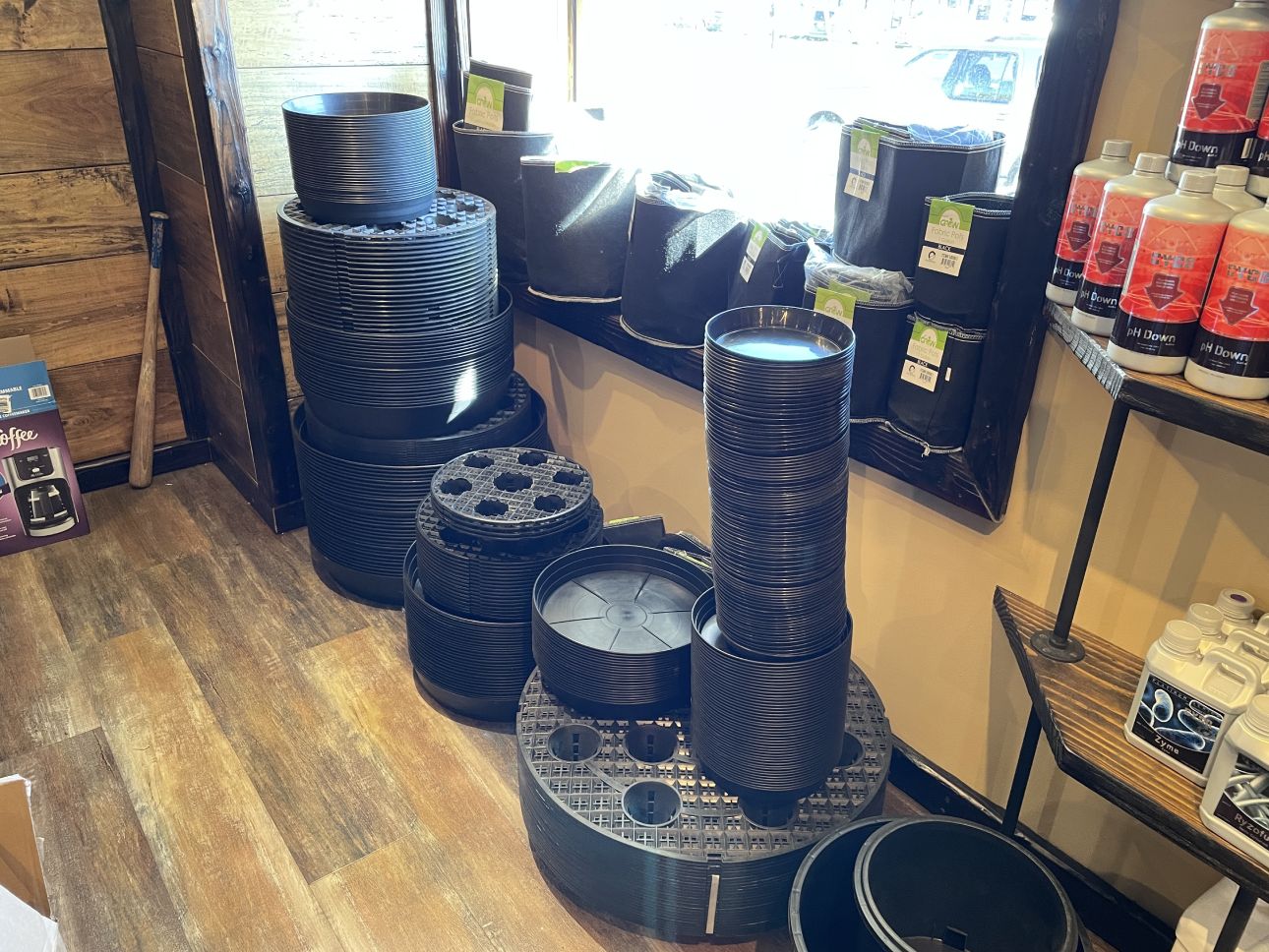The Ultimate Overview to Hydroponic Systems and Techniques
In the globe of modern agriculture, hydroponic systems have emerged as a cutting-edge approach for cultivating plants without soil. As we reveal the ins and outs of hydroponics in this thorough overview, we will browse via the various kinds of systems, check out the vital nutrients vital for plant growth, and delve into advanced techniques that can significantly enhance returns.
Benefits of Hydroponic Equipments
Hydroponic systems supply a multitude of advantages, including effective resource usage and precise nutrient shipment to plants. By offering a regulated setting for plant development, hydroponic systems make it possible for ideal water and nutrient use, bring about greater yields contrasted to typical soil-based farming. This effectiveness not just preserves sources however additionally minimizes waste, making hydroponic systems eco-friendly.
In addition, the exact delivery of nutrients in hydroponic systems permits personalization based upon the specific needs of each plant selection. This targeted strategy makes certain that plants obtain the best balance of necessary nutrients, promoting much healthier development and reducing the risk of nutrient shortages or imbalances. In addition, the capability to change and check nutrient levels in real-time maximizes plant efficiency and total crop high quality.
Additionally, hydroponic systems remove the requirement for pesticides and herbicides, as the closed-loop system lowers the risk of parasites and diseases that are commonly discovered in soil-based farming - The Indoor Earthworm. This not just benefits the plants and the setting yet additionally adds to creating cleaner, healthier crops for consumption
Types of Hydroponic Setups

Deep Water Culture (DWC) involves putting on hold plant roots in a nutrient remedy, enabling for ample oxygenation. Nutrient Movie Technique (NFT) utilizes a shallow stream of nutrient remedy flowing over the plant roots, supplying a consistent supply of nutrients. Ups and downs systems flood the plant origins at periods, ensuring they get nutrients and oxygen. Leak systems entail dripping a nutrient solution onto the plant roots, offering accurate control over feeding. Aeroponics hazes the plant roots with a nutrient solution, maximizing oxygen absorption.
Each sort of hydroponic configuration this post has its advantages and is matched to various plant selections and growth phases. Understanding the distinctive features of these systems can help hydroponic growers select the most appropriate setup for their details demands and choices.
Vital Nutrients for Hydroponics
In hydroponic systems, plants count on an accurate balance of crucial nutrients to grow and expand effectively. These necessary nutrients are vital for numerous plant functions such as photosynthesis, root advancement, and general growth. The primary macronutrients called for by plants in hydroponic systems are potassium, nitrogen, and phosphorus. Nitrogen is necessary for leafy environment-friendly development, phosphorus help in origin development and flower/fruit production, while potassium assists in overall plant wellness and disease resistance.
Along with macronutrients, plants also require second nutrients like calcium, sulfur, and magnesium, as well as micronutrients such as iron, copper, zinc, and manganese (The Indoor Earthworm). These nutrients are important for making sure that plants have all the necessary foundation to lug out vital organic processes

Advanced Techniques for Optimum Return
To accomplish ideal yields in hydroponic systems, farmers can execute sophisticated methods that improve plant growth and productivity. Furthermore, employing methods like plant training and pruning can help enhance light distribution and air flow, making sure that all parts of the plant receive ample light original site and nutrients. Using automated systems for nutrient shipment and surveillance can assist keep ideal nutrient degrees, lowering the danger of deficiencies a knockout post or discrepancies that can impede plant growth.
Troubleshooting Common Hydroponic Issues
One common issue is vitamins and mineral deficiencies, where plants do not have essential aspects for healthy and balanced development. Preserving the appropriate pH range details to the plant being expanded is crucial for ideal nutrient uptake. By without delay identifying and attending to these typical hydroponic issues, farmers can keep healthy plants and maximize returns in their hydroponic systems.
Verdict
In verdict, hydroponic systems use many benefits for growing plants successfully. With mindful planning and interest to information, hydroponic systems can transform the means plants are grown, leading to more effective and sustainable agricultural techniques.
By supplying a controlled setting for plant growth, hydroponic systems allow optimal water and nutrient use, leading to higher returns contrasted to traditional soil-based cultivation. The Indoor Earthworm. Nutrient Movie Method (NFT) utilizes a superficial stream of nutrient solution flowing over the plant roots, providing a consistent supply of nutrients. Surveillance and readjusting nutrient levels based on plant growth stages is critical to preventing vitamins and mineral deficiencies or toxicities and making the most of plant productivity in hydroponic systems
Furthermore, employing strategies like plant training and trimming can help enhance light distribution and airflow, guaranteeing that all parts of the plant get ample light and nutrients. Utilizing automated systems for nutrient delivery and monitoring can help keep optimal nutrient levels, lowering the threat of shortages or discrepancies that can impede plant growth.